Iceland is a European country that is well known for its stunning glaciers and volcanoes. The Nordic island nation is home to striking national parks, thriving wildlife, and an intriguing viking history. Its most visited and highest populated city is Reykjavik, the capital of Iceland. The country also has friendly locals and a diverse landscape. This landscape includes mountains, glaciers, volcanoes, rivers, and caves. The natural environment of Iceland has made it a favorite destination for snow sports, which has enticed travelers from near and far. Iceland is so popular that it attracts over two million travelers per year.
Unfortunately, travelers do not always get a chance to see some of the country’s best attributes. Much like any other travel destination, there is an ideal time to visit. Depending on the time of year, some travelers may not see much of anything due to factors that can not be controlled. The best time to visit Iceland depends on many factors and even a traveler’s personal preferences.
Overall, August is the best time to visit Iceland, during its high season. Although August is one of the most popular times to travel to Iceland, travelers can still avoid crowds if they choose to. Iceland is generally not considered overcrowded so a visit in August is still pleasant. Visiting the top attractions either earlier or later in the day usually resolves concerns about crowds.
There is plenty to see and do in Iceland during August, so travelers will not find themselves lacking a reason to visit. Check out what things make this month the best time to visit and what travelers should expect.
Average Temperature This Time of Year
- The average temperature in Iceland during August is around 46-55 Degrees F
The Best Weather
During August, the summer temperatures and fall foliage are present in Iceland. This mix brings mild temperatures and a cool breeze. Although temperatures in the 50s may seem low to some travelers, in Iceland the weather is quite warm. This month is a time that locals and visitors dress more warmly, so summer attire is still appropriate. Many travelers enjoy all kinds of outdoor activities during August thanks to favorable weather.
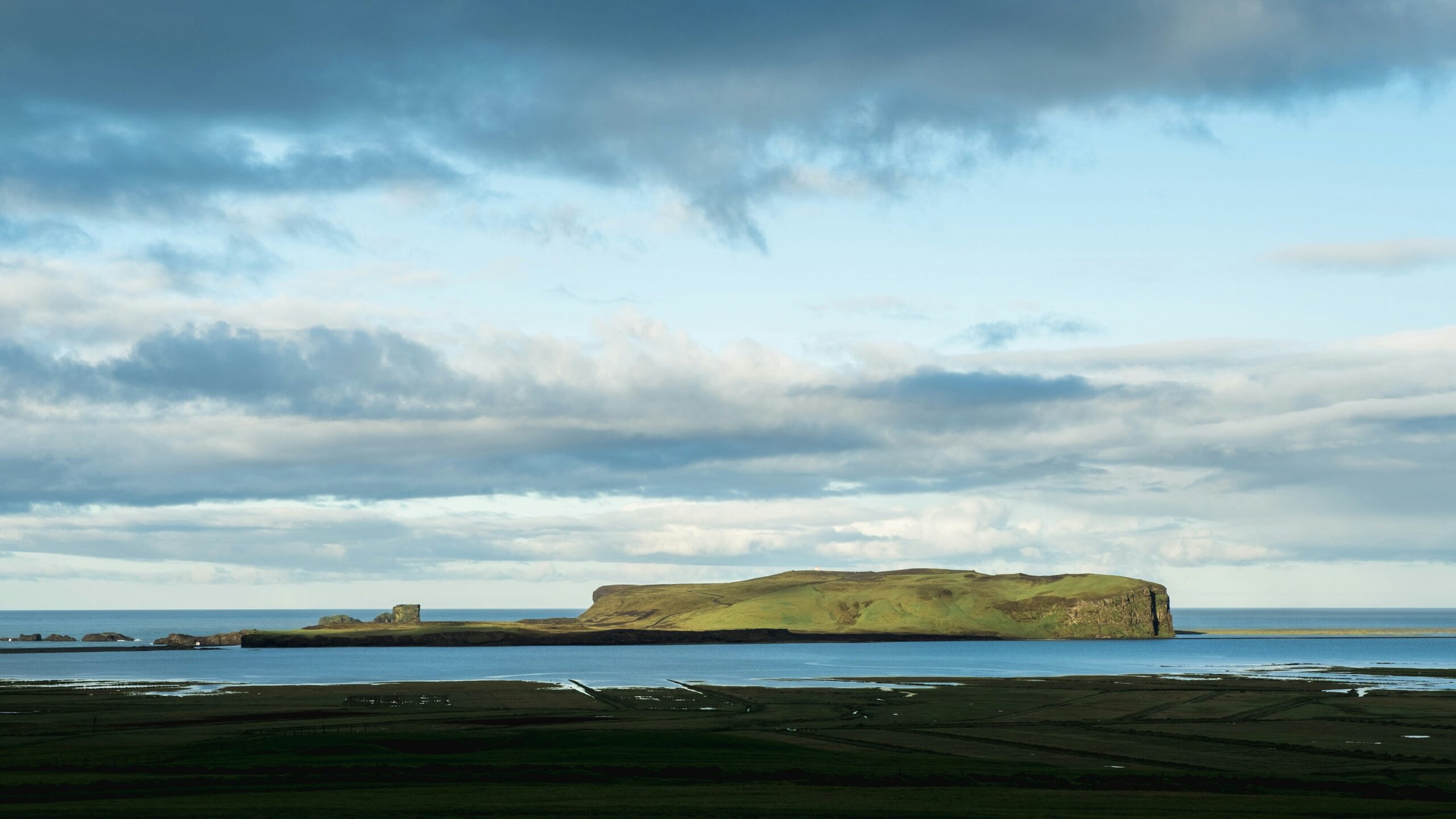
Travel Tips:
- Average Temperature This Time of Year: 46-55 Degrees Fahrenheit.
- River rafting, camping, sea kayaking, and hiking are among the most popular outdoor activities that travelers can enjoy.
- Visiting a waterfall, hot spring, or a dramatic fjord is a great way to enjoy the vast natural beauty of Iceland, especially in August.
The Next Solar Eclipse
The Europe 2026 solar eclipse is expected to occur in August. The eclipse will happen on August 12th, 2026 to be exact. In Reykjavik, Iceland the solar eclipse can be seen at 4:47 p.m. The early projection of the event means that travelers can plan their vacations well in advance. Along with the striking beauty of Iceland in August, travelers who visit in 2026 will be able to observe the first European total solar eclipse in 27 years. Seeing a solar event like this is a unique experience, which is why August is the best time to visit Iceland.
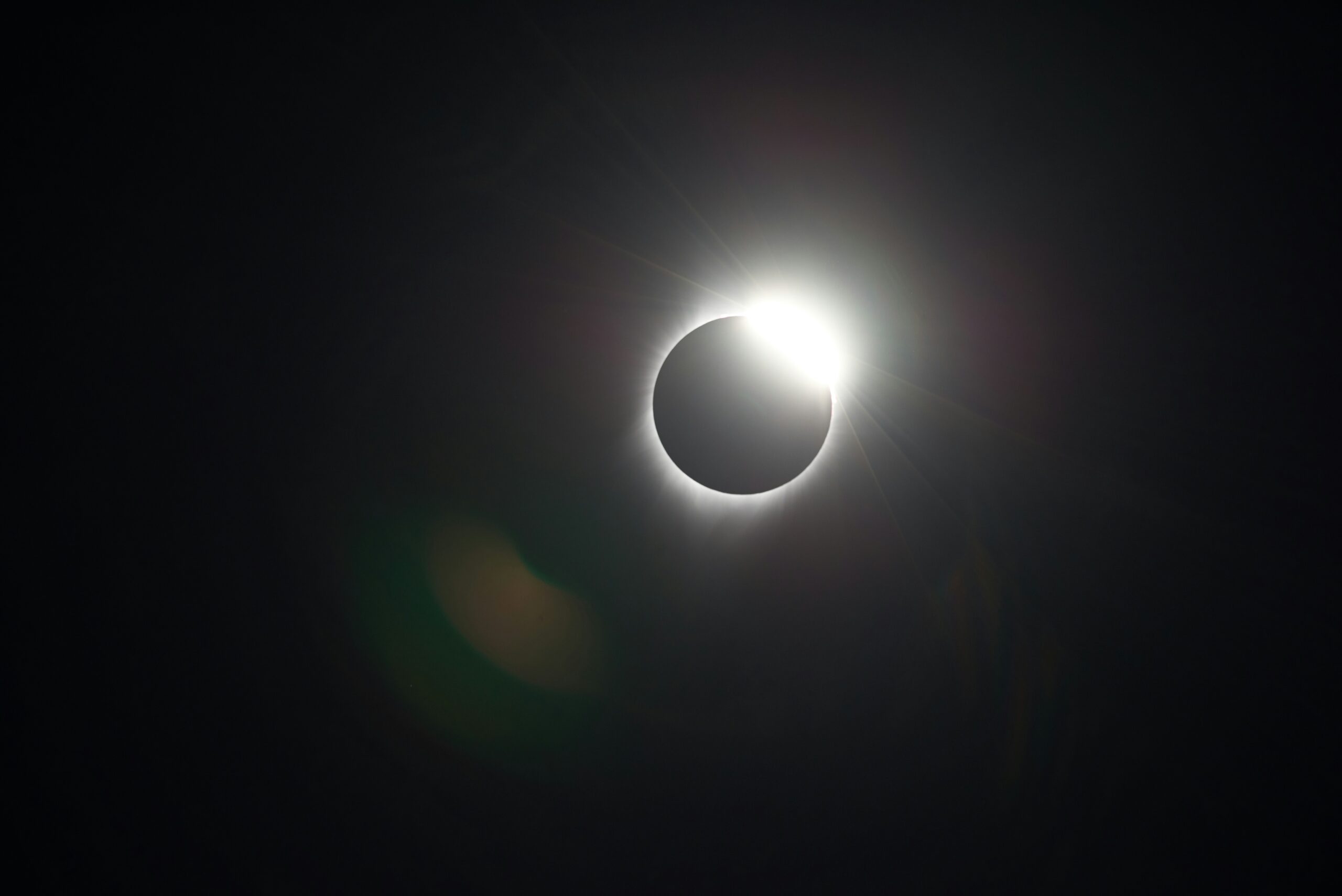
Travel Tip:
- The last European total eclipse was Aug. 11, 1999, so people will gather from far and wide to witness the next one. There are already cruises and tours centered around the event so travelers should secure their travel plans early.
The Midnight Sun
August is the peak of summer in Iceland and travelers can observe the midnight sun. It marks a period when Icelanders can expect a unique natural transition due to the country’s location. Earth’s circulation happens in an elliptical orbit and the planet’s axis is tilted away from and towards the sun for six-month periods.
The beginning of August in Iceland has dark skies and technically long days. These long days mean that the sun is up for 24 hours. This phenomenon is intriguing but, rightfully, some locals celebrate when the midnight sun season is over. Since the sun is out significantly longer than people are used to, locals recover from the sleep they lost during the nearly all-day sunny skies. However, visitors appreciate the extended time to enjoy the August sun. Travelers can expect the midnight sun season to be reaching its end around late August when the nights are longer.
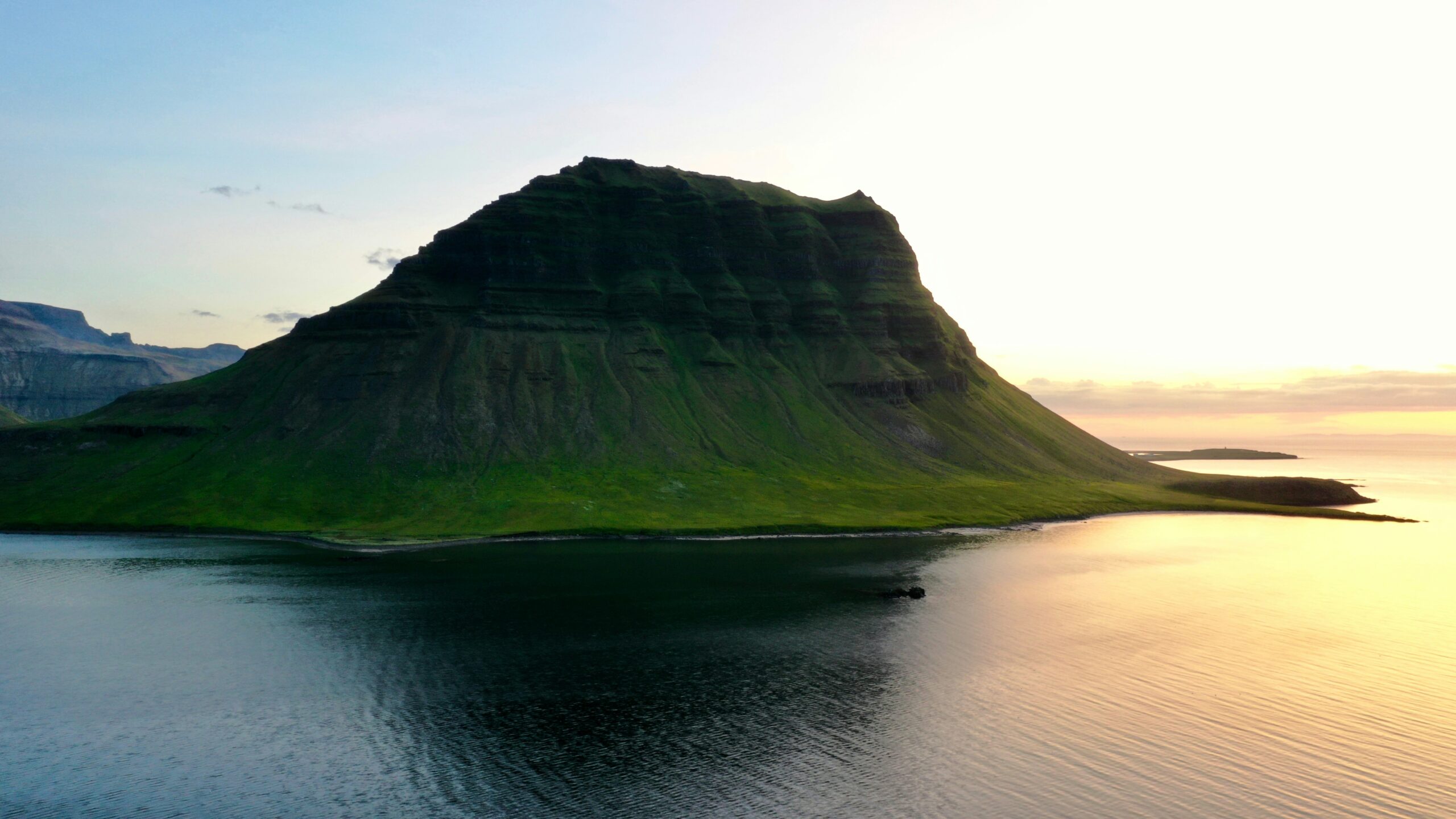
Travel Tip:
- Seljalandsfoss Waterfall is one of the most ideal places to visit during the midnight sun season. After a nearly two-hour drive from Reykjavik, travelers can watch as the sun catches the waterfall cascading down.
The Northern Lights
The aurora borealis is a famous feature of Iceland. It is even considered one of the country’s most cherished natural attractions. Travelers can sit in awe as the night sky illuminates with green, red, pink, purple, orange, and blue seemingly otherworldly lights. Generally, between late August and mid-April the Northern Lights can be viewed. Much of that visibility depends on the time of year and uncontrollable factors. Travelers visiting near the end of August are in luck since that is when tours start operating. They may be able to catch the first aurora borealis sightings of the season.

Travel Tip:
- Travelers determined to see the lights should visit in late August since the month is the start of viewing season. It is wise to book tours with experienced locals to reach the best viewing spots.
Hiking
Hiking is a very popular activity in Iceland, particularly in August. The summer months are the best time to enjoy outdoor activities, so it is no surprise that August is attractive for this reason. The weather conditions of August are ideal for safe hiking. It is also one of the least stormy months and with warmer temperatures, which makes the terrain drier. The non-slippery rocks and midnight sun make for maximum visibility and comfortability. The trails of Iceland are also open for hiking in August.
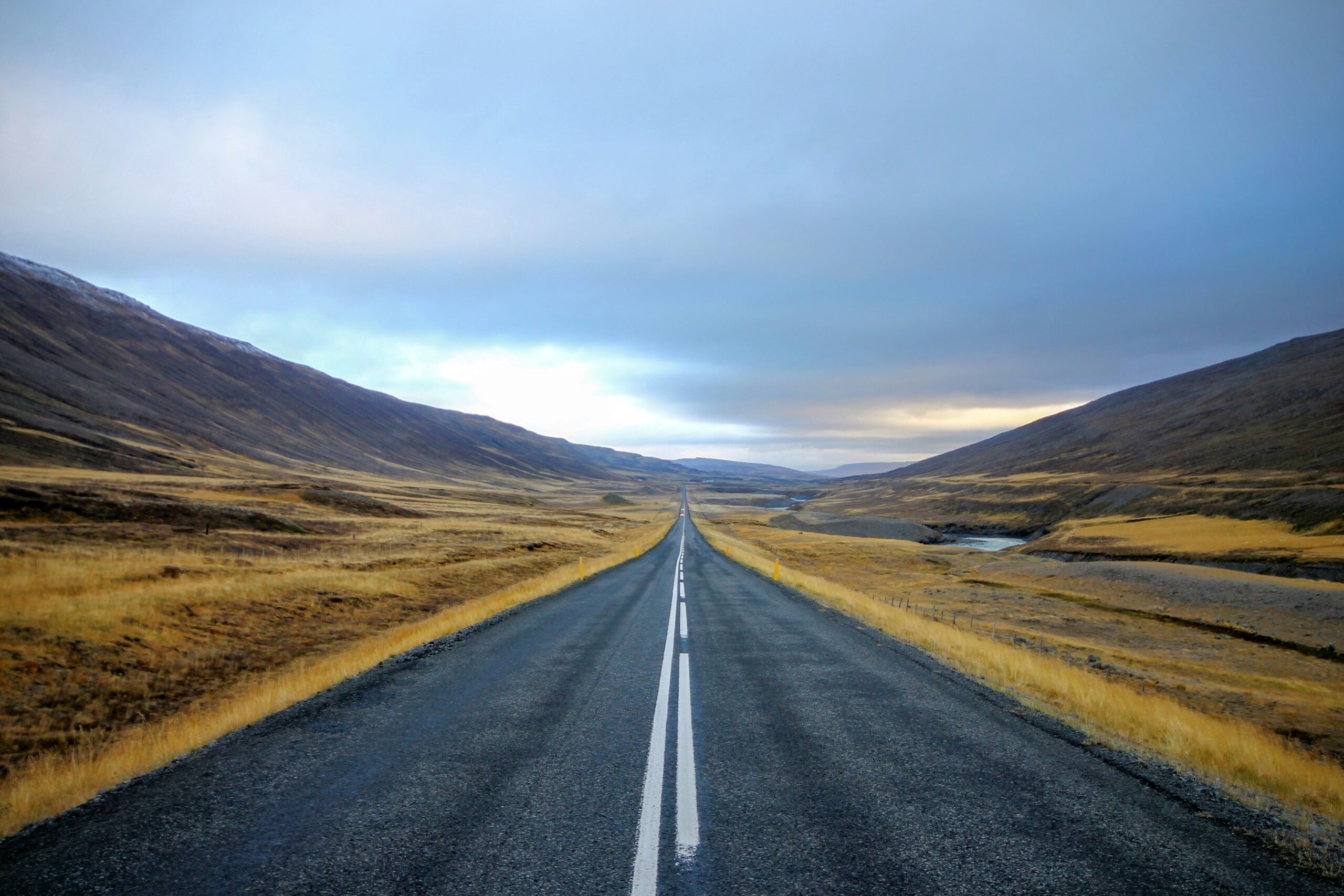
Travel Tips:
- Travelers hiking in August should wear thermal clothing and waterproof hiking boots to make sure they are exploring as safely as possible.
- One of the most popular places to hike in August is the Highlands, where the highest peak in Iceland can be found (Hvannadalshnukur Mountain in Vatnajokull National Park).
Puffin & Whale Watching Tours
Travelers who visit Iceland in August are in for a treat since there are dedicated puffin and whale tours. Combo sightseeing tours which provide great views to both creatures are available as well. Puffins are adorable, mild-mannered birds that live at sea but nest on rocky cliffs. They lay their eggs in early summer and are very active then so August is the best time to have this Icelandic experience. Tourists commonly spot humpback whales during visits in August but boat tours offer intimate viewings of the majestic creatures. Whale watchers will enjoy a visit during August since this is when they are the most lively.
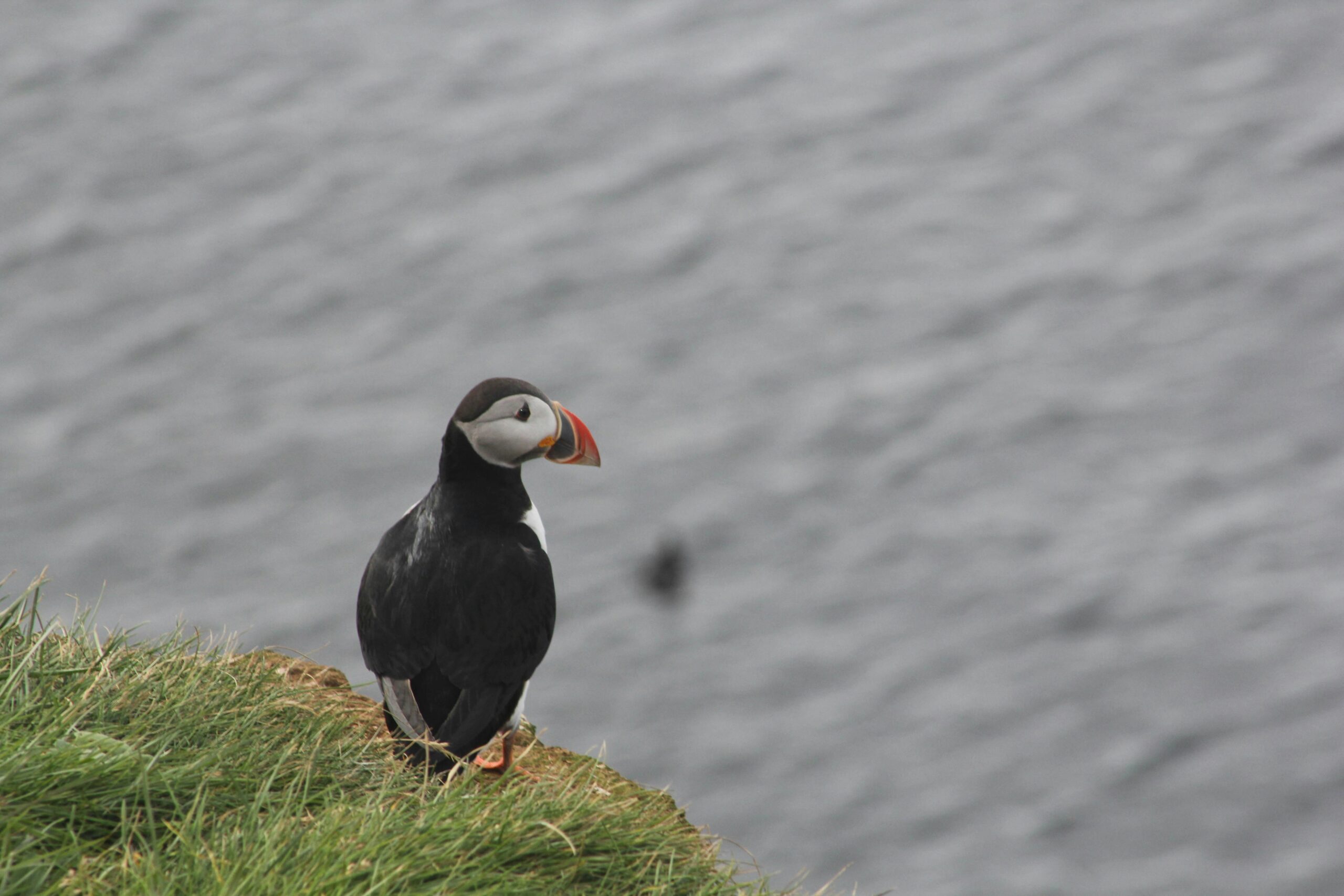
Travel Tip:
- Puffins are found exclusively in the North Atlantic Ocean, so Iceland is a top destination for viewing them apart from the very few other coastal areas. Travelers are encouraged to see puffins in Iceland since it is home to at least 60% of the world’s Atlantic puffins.
The Blue Lagoon
The Blue Lagoon is one of the most popular tourist sites in Iceland. It is a geothermal lagoon with healing waters that are found nowhere else in the world. It is a resource for silica, algae, and minerals that are said to have restorative powers. The Blue Lagoon is open every day of the year and has many impressive features for visitors to enjoy. There is a retreat spa, and several restaurants and hotels on the grounds. Travelers from all over the world come to Iceland to experience the skin-nourishing seawater. Visiting during the midnight sun season may be the best time to visit Iceland since there is more visibility.
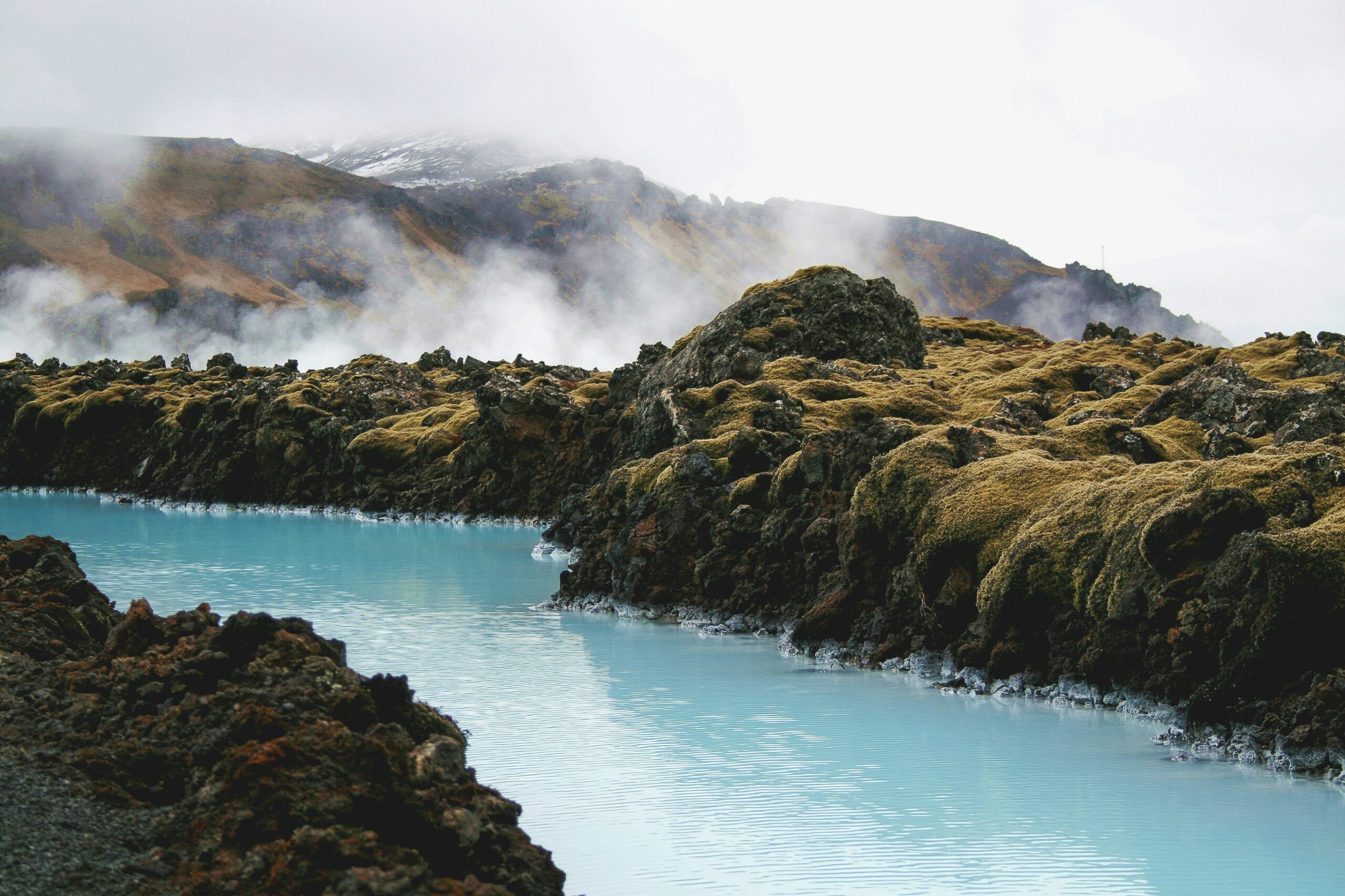
Travel Tips:
- Until around mid-August, the Blue Lagoon is open until midnight. The most popular time to visit is between 9 a.m. to 1 p.m. To avoid crowds travelers can visit during the early morning or late afternoon.
- Entrance to the Blue Lagoon requires tickets that depend on daily availability. So travelers should get their tickets ahead of time.
Merchant’s Weekend
Merchant’s Weekend, or Verslunarmannahelgi (in Icelandic), is a popular event in Iceland. The weekend is near Commerce Day which is a public holiday in Iceland, celebrated by locals since 1894. It typically occurs during the first week of August and is comparable to Labor Day weekend which Canada and the United States observe. Many people choose to relax, go to festivals, or go camping during the weekend. This event and some others are during August so it is clear that this month is the best time to visit Iceland for activities.

Travel Tip:
- One of the most popular festivals to attend is the Þjóðhátíð í Eyjum (Festival of the Nation) in Vestmannaeyjar (the Westman Islands), which takes place on Aug. 24-25 this year.
Overall, Iceland is a scenic and enjoyable place to visit. Travelers trying to optimize their time abroad should plan a trip to Iceland during August. They will experience some of the country’s best weather, awe-inspiring sights, and most exciting events. August is the best time to visit Iceland for many reasons but travelers should note that the country is truly incomparable during this time of year.





